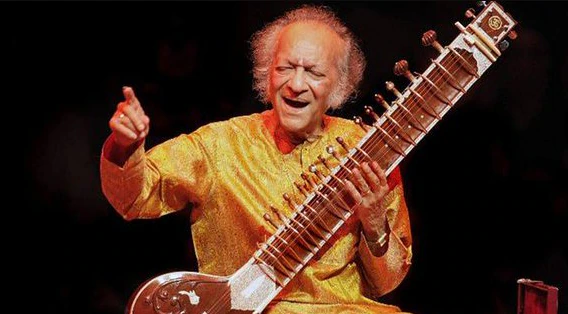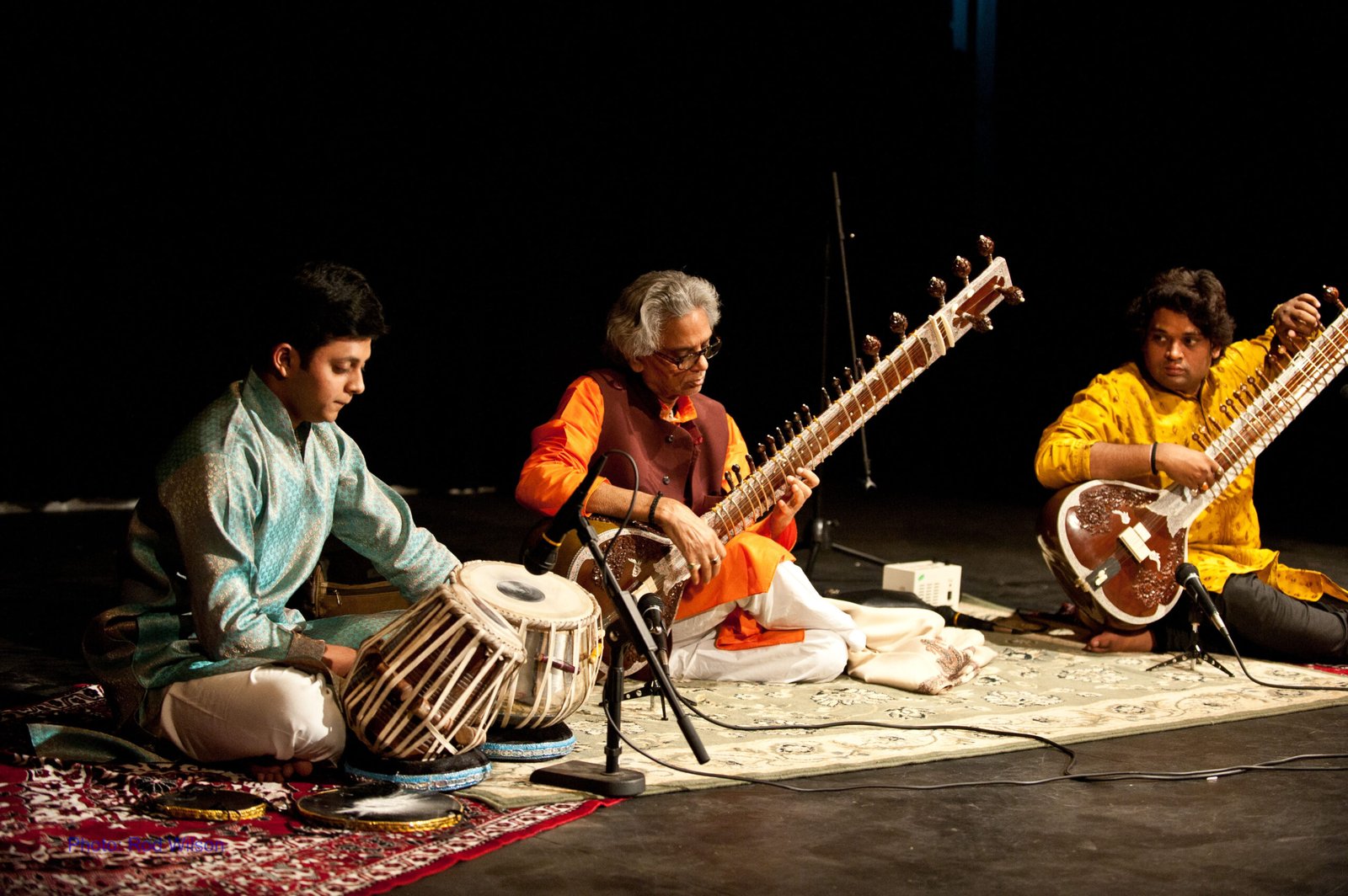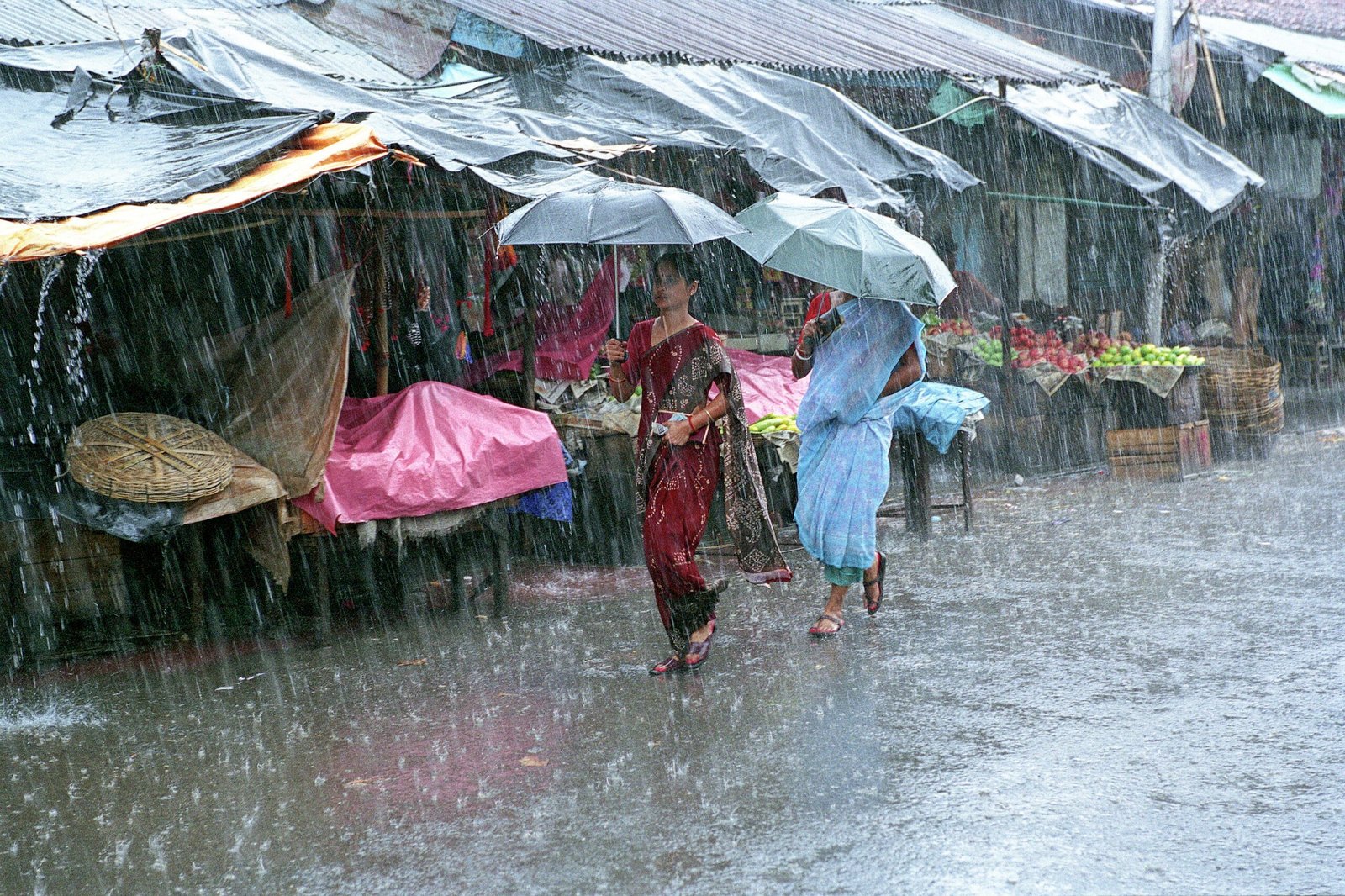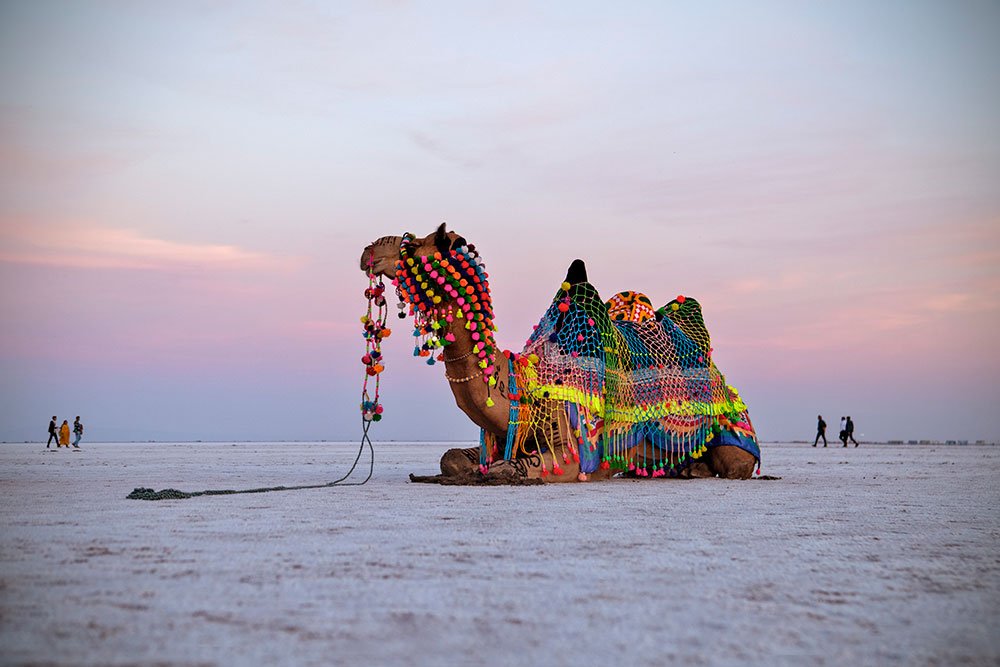Introduction
Indian music, with its diverse sounds and mesmerizing melodies, has a storied history deeply intertwined with the country’s cultural fabric. In this article, we will embark on a journey through the captivating world of Indian music. We will explore its ancient roots, delve into the essence of classical music, examine the challenges faced by this traditional art form, and discuss ways to foster an appreciation for classical music among the younger generation.
History of Indian Music
The history of Indian music is a vibrant tapestry woven across thousands of years. Its roots can be traced back to the ancient Indus Valley civilization, where evidence of musical instruments and cultural practices have been discovered. The Vedas, sacred texts of Hinduism, mention the importance of music in religious rituals and ceremonies. Over time, regional music traditions developed, leading to the emergence of two classical music systems: Hindustani in the North and Carnatic in the South.
Indian classical music, with its intricate melodies, profound emotional expressions, and rich improvisational traditions, serves as the backbone of the country’s musical heritage. It embodies a deep connection between the artist, the raga, and the tala. The classical repertoire comprises a vast array of ragas, each with its distinct mood, time of day, and associated emotions. It is through these ragas that musicians explore the nuanced expressions of joy, love, devotion, and melancholy.

Classical Music: An Ebbing Flame?
While classical music holds a revered place in Indian musical traditions, concerns have arisen regarding its fading popularity among the younger generation. The allure of classical music lies in its ability to transport listeners to a transcendental realm, where the intricate interplay of ragas and talas evokes a range of emotions. However, the fast-paced nature of modern life and changing cultural dynamics have shifted the musical preferences of the younger generation.
The advent of globalization, Western influences, and the rise of popular genres like rap, hip-hop, and contemporary lyrics-driven music have shaped the listening preferences of the youth. These genres often provide relatable narratives, contemporary themes, and an instant connection to the personal experiences of younger listeners. The classical music tradition, with its lengthy improvisations, intricate structures, and emphasis on tradition, may seem distant and less accessible in comparison.
Yet, it is important to recognize that classical music offers a unique and profound experience. Its meditative and introspective nature allows for a deeper connection with oneself and an exploration of the intricacies of human emotions. The challenge lies in conveying this beauty and significance to the younger generation in a way that resonates with their contemporary sensibilities.

Solutions for filling the gap
To cultivate an appreciation for classical music among the younger generation, concerted efforts are required. Education and exposure play a crucial role in bridging the gap between classical and contemporary sensibilities.
Integrating classical music into school and college curricula can familiarize students with its rich heritage and provide opportunities to learn and perform. Dedicated music classes, workshops, and interactive sessions can introduce students to the basics of classical music, including the understanding of ragas, talas, and the intricacies of performance.
Collaborations between classical and contemporary artists can be a powerful means of creating fusion music that combines the best of both worlds. By blending traditional elements with modern sounds and production techniques, classical music can resonate with younger listeners while preserving its essence. Collaborative projects can showcase the seamless integration of classical melodies, intricate improvisations.
Furthermore, organizing music festivals, competitions, and cultural events dedicated to classical music can provide platforms for young talent to showcase their skills and generate interest among their peers. These events can foster a sense of community and create a supportive environment for aspiring classical musicians. By bringing together seasoned artists and emerging talents, these festivals can serve as a melting pot of creativity, inspiring young artists and nurturing a love for classical music.

Conclusion
Indian classical music, with its profound history and diversity, continues to evolve in response to changing times and shifting preferences. While the younger generation’s preferences may have shifted towards genres like rap and contemporary music, it is crucial to bridge the gap by educating, exposing, and engaging them with the beauty and intricacies of classical music.
By integrating classical music into educational institutions, fostering collaborations, organizing dedicated events, and harnessing the power of technology, we can ensure that this timeless art form continues to enchant and inspire future generations.




